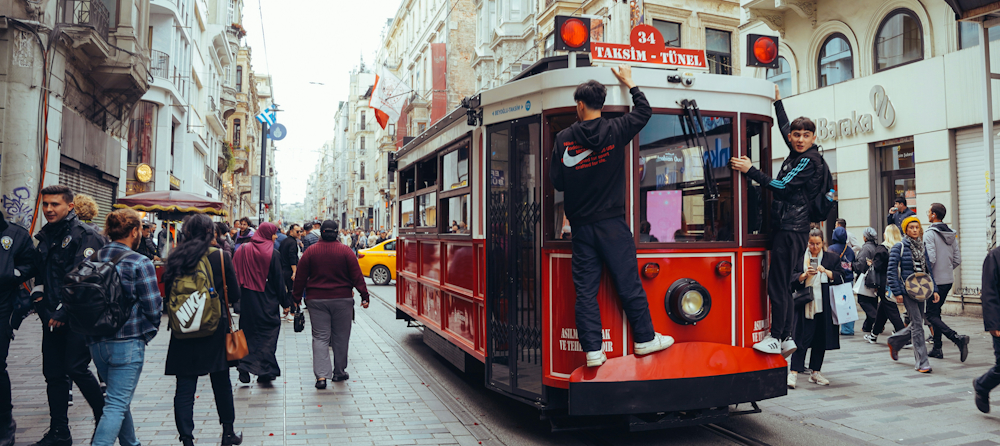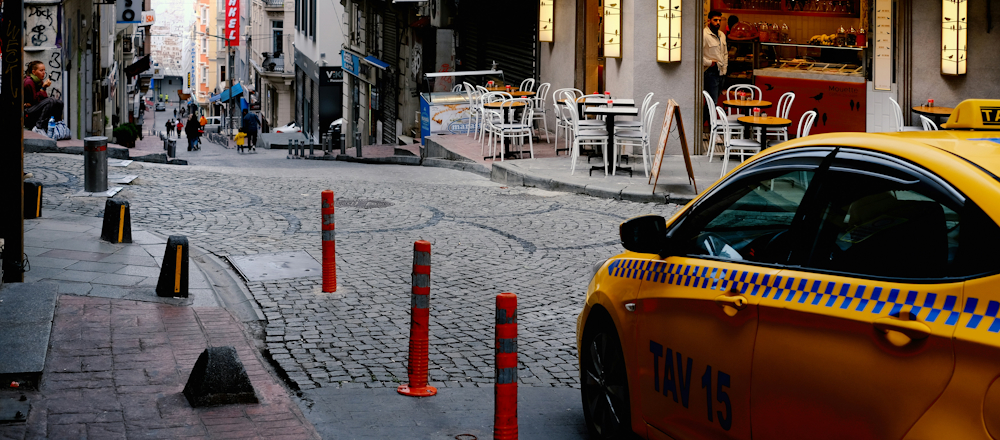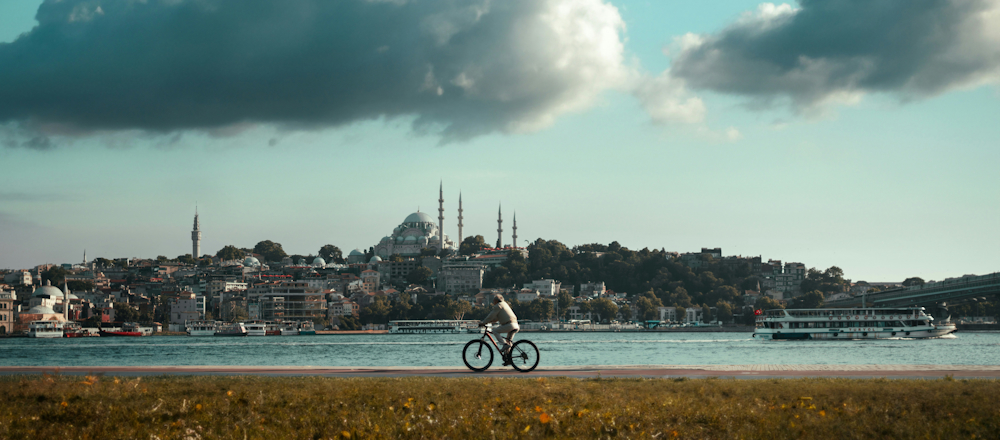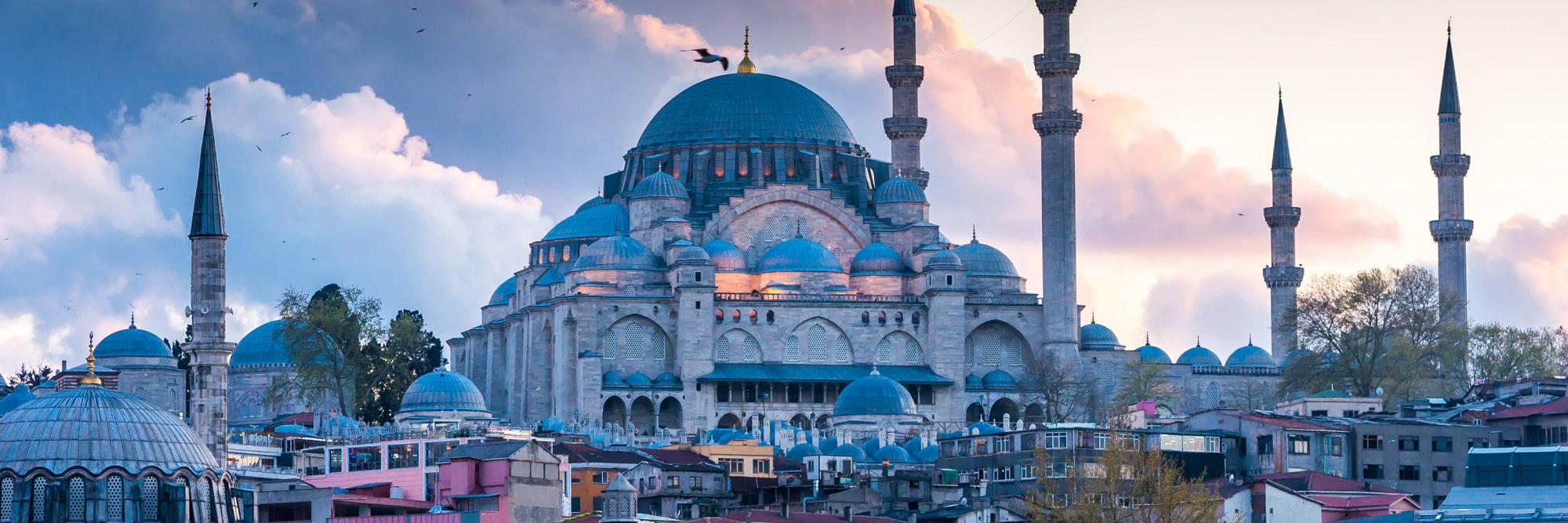Getting around Istanbul requires a strategic choice between the often gridlocked highways and the city’s impressive rail and sea network. Many expats living in Istanbul’s outlying suburbs do have cars, but if you reside centrally, public transport is usually the faster and cheaper option.
Public transport in Istanbul
Public transport in Istanbul consists of a transit web that includes buses, metros, trams, funiculars, and ferries. Frequent travellers need an Istanbulkart, an RFID smart card available at kiosks and major stops. Alternatively, you can download the Istanbul Senin super app to pay via QR code and access the city’s free IBB WiFi network on the go.

Trams
Trams in Istanbul act as connectors, and the T1 line is the city’s main artery. It threads through Sultanahmet and across the Galata Bridge. There are some newer additions, such as the T5 along the Golden Horn and the T6 coastal line. While the modern fleet is fully accessible, the nostalgic red trams (T2 on Istiklal, T3 in Kadıköy) are heritage rides best suited for a leisurely pace.
Buses
Buses in Istanbul are the workhorses of the transit system, and they cover every corner of the metropolis. Fares are cheap and service is reliable, although you should expect heavy crowding during peak hours. The Istanbul Metropolitan Municipality (IMM) now provides free WiFi on thousands of buses via the ‘Istanbul Senin’ app. Central routes are frequent, but bus service gets more spotty in the outer suburbs.
Gridlock is the bus network’s Achilles’ heel, often bringing standard lines to a standstill. The Metrobus system is the exception. These rapid transit vehicles run 24/7in dedicated lanes. They speed past the jammed E-5 highway to connect the European and Asian sides.
Metro
The metro in Istanbul has grown rapidly, now spanning 11 lines and over 150 stations. The M11 line connects Gayrettepe to Istanbul Airport (IST), while the M4 runs all the way to Sabiha Gökçen (SAW) on the Asian side. On Friday and Saturday nights, major lines operate 24 hours. The Marmaray commuter rail is distinct, plunging under the Bosphorus to link the continents in just four minutes.
Dolmuş
The dolmuş in Istanbul is a yellow shared taxi that runs on fixed routes and departs only when every seat is taken (dolmuş translates to ‘stuffed’). They fill the niche between a private cab and a public bus. You flag them down from the kerb and pay in cash. Money is handed from passenger to passenger from the back of the bus until it reaches the driver.
Ferries
Regular ferry services in Istanbul offer a relaxing and scenic way to cross the Bosphorus. You can pay using your Istanbulkart, just like on the metro or bus. While not as frequent as land-based transport, ferries are an iconic part of Istanbul life. Services range from the charming, traditional Vapurlar (steamboats) to the faster Deniz Otobüsleri (sea buses/catamarans).
Useful links
Taxis in Istanbul

Taxis in Istanbul are predominantly yellow (C type), metered, and reasonably priced. For a more comfortable ride, you can opt for the slightly more expensive turquoise (D type) or luxury black (E type) taxis. While affordable, costs can accumulate for daily commuters, and language barriers are common as few drivers speak fluent English. Carrying your destination address written in Turkish is always a good strategy.
Scams, such as taking long routes or overcharging, can happen. Using ride-hailing apps like BiTaksi or Uber is the best way to avoid this. Note that in Turkey, Uber primarily acts as a gateway to hail standard yellow or turquoise taxis rather than private vehicles. These apps are indispensable for handling payment via credit card and overcoming language barriers by setting destinations in advance.
Water taxi
The municipality operates a 24/7 water taxi in Istanbul. You can book these via the ‘İBB Deniz Taksi’ app. Fares are fixed based on distance rather than the number of passengers, making this a premium but efficient option for skipping bridge traffic.
Useful links
Driving in Istanbul
While the network of highways is extensive, driving in Istanbul involves narrow, steep, and often congested streets. To use the motorways and bridges, cars must be equipped with an HGS (Fast Transit Pass) system for automatic toll payment. Local driving habits can be aggressive, so new arrivals should remain alert and defensive behind the wheel.
Istanbul consistently ranks among the most congested cities in the world. Traffic is dense, yet fairly regulated in central areas. Parking is generally manageable, and you can access municipal ISPARK lots and garages throughout the city.
Driver’s licences
You can use your foreign driver’s licence in Istanbul for up to six months. If you stay longer, you must convert your licence to a Turkish one. To drive legally during those first six months, it is highly recommended to carry a notarised Turkish translation of your licence alongside the original document, especially if your licence is not in the Latin alphabet.
Transport and Driving in Turkey
Cycling in Istanbul

Cycling in Istanbul is growing in popularity, although the city’s hilly topography and heavy traffic can make it challenging for commuters. The municipality operates the Isbike smart bicycle sharing system, with docking stations located mostly along the coastline and in parks. You can rent these using a credit card via the Isbike mobile app or at station kiosks.
There are dedicated cycle paths alongside the seaside promenades, particularly the Caddebostan coast on the Asian side and Kennedy Avenue on the European side. Bicycles are also permitted on ferries and the metro (outside peak hours). Using a bike for daily commuting inland is less common due to the steep inclines and the lack of separated lanes.
Useful links
Walking in Istanbul
Walking in Istanbul is often the best way to sightsee in historic districts like Sultanahmet, Beyoğlu, and the trendy Moda neighbourhood in Kadıköy. Many key sights are clustered close together, and pedestrianised zones – such as Istiklal Avenue and the squares surrounding the Blue Mosque – make walking pleasant.
Be prepared for physical exertion. The city is built on seven hills, and there are a lot of steep cobblestone streets and staircases.
